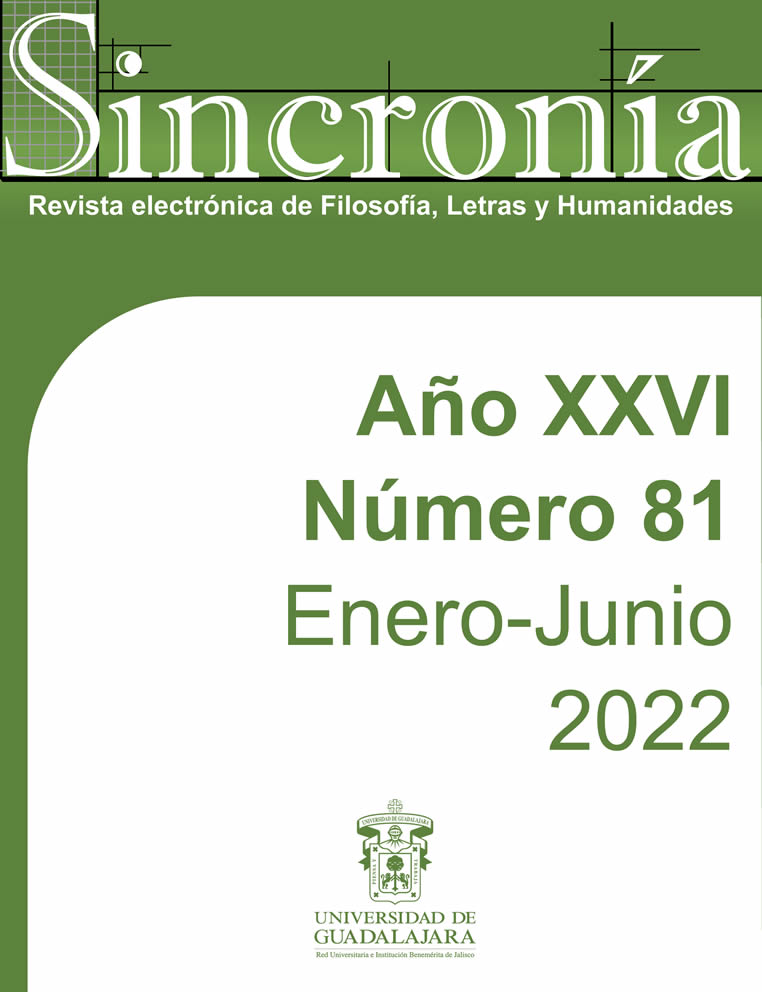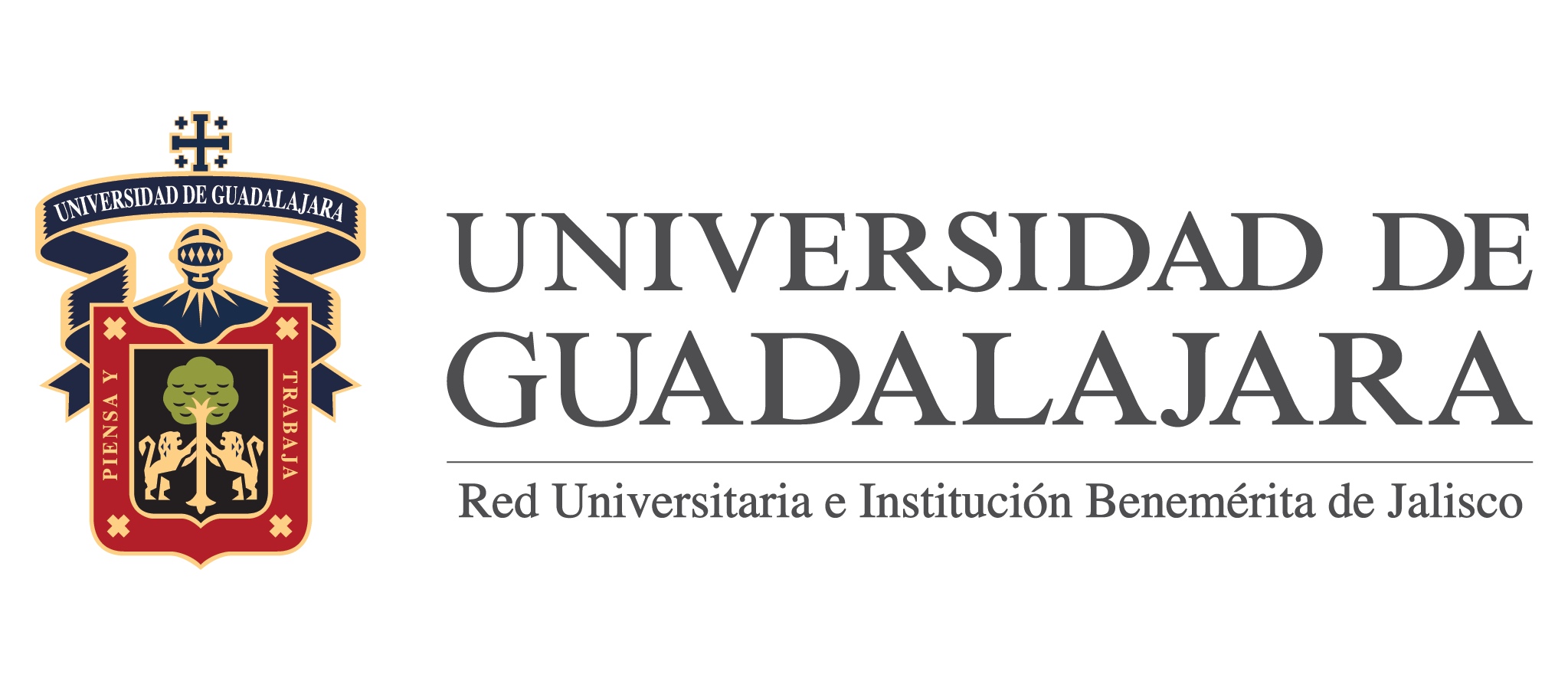Antonin Artaud and the plague. The sacred in the Theater of Cruelty.
Keywords:
Antonin Artaud, Body, Literature, Plague, Re-presentation, TheaterAbstract
The essay begins by reviewing some passages from "Heliogabalus or the crowned anarchist"
(1934), where Antonin Artaud (1896-1948) personified in the Roman protagonist gives an
account of the state of decay and organic and sociocultural decay of the West, particularly
the theater. The reflections shared here are based on the author's literary works, such as
poems, letters and dramas mainly, especially from "The theater and its double" (1938), "The
theater and the plague" (1938) and the aforementioned "Heliogábalo or the crowned
anarchist", the three originated from the darkest and most irrational of the western
tradition, in which the plague is used as a metaphysical correlate on which decadence looms
over its inhabitants and with no possible spatiotemporal antidote within reach with which to
deal with it satisfactorily. Following Artaud, the text proposes actions capable of putting into
crisis the fundamental values and principles on which the false certainties that have
historically produced Truth mimetized with Tradition, framed in repetition, imitation, re-
presentation and various dualist positions.
Downloads
Downloads
Published
How to Cite
Issue
Section
License
Copyright (c) 2021 Carlos Alberto Navarro Fuentes

This work is licensed under a Creative Commons Attribution-NonCommercial 4.0 International License.
You are free to:
- Share — copy and redistribute the material in any medium or format
- Adapt — remix, transform, and build upon the material
- The licensor cannot revoke these freedoms as long as you follow the license terms.
Under the following terms:
- Attribution — You must give appropriate credit , provide a link to the license, and indicate if changes were made . You may do so in any reasonable manner, but not in any way that suggests the licensor endorses you or your use.
- NonCommercial — You may not use the material for commercial purposes .
- No additional restrictions — You may not apply legal terms or technological measures that legally restrict others from doing anything the license permits.



























